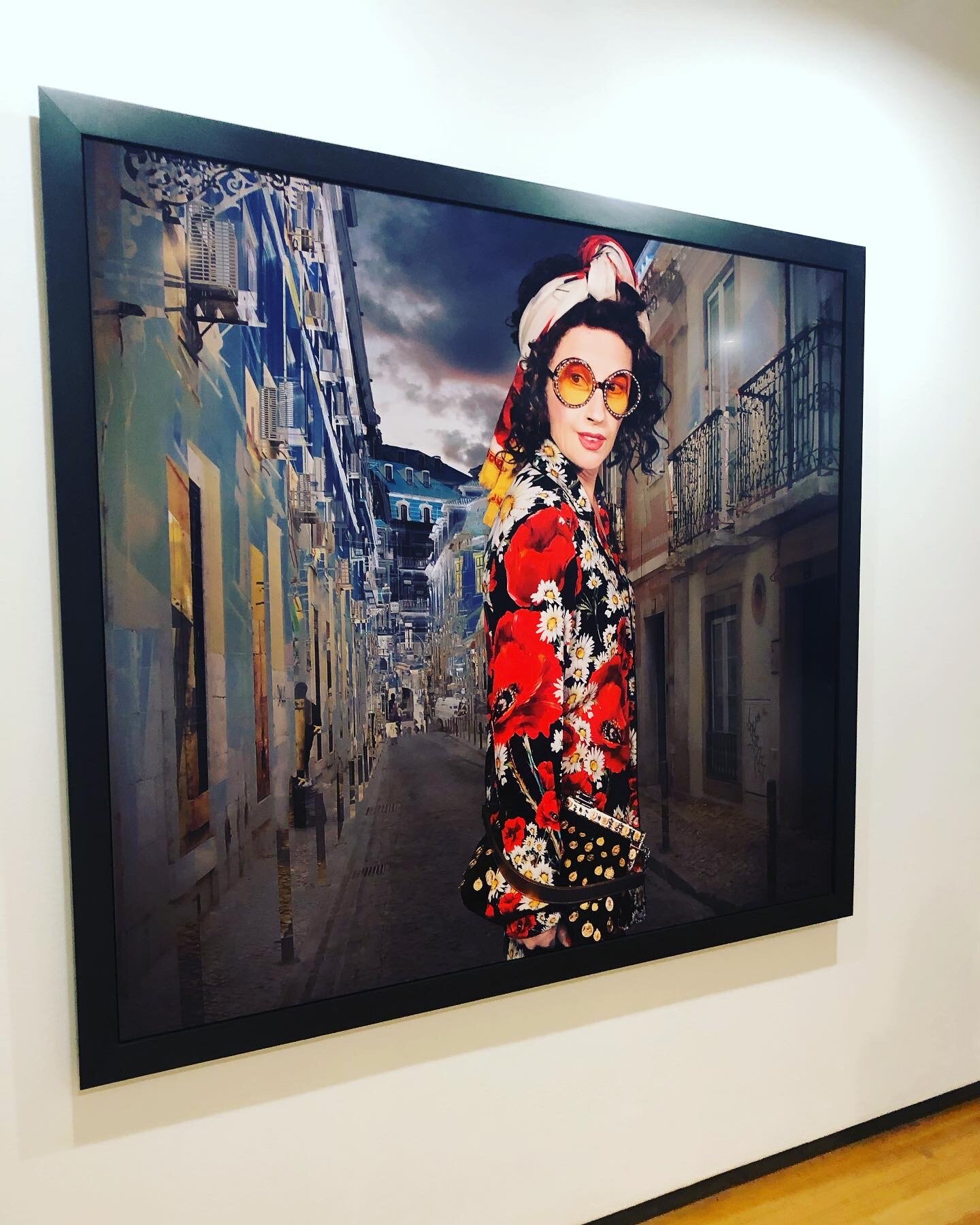As registration for Spring 2021 academic courses is ongoing, I wanted to provide more information about courses I will begin teaching starting January 2021. Please see detailed descriptions below. If you have any specific questions that are not answered here, you can contact me directly. In keeping with Kwantlen Polytechnic University’s Covid-19 plan, all of the following courses will be held ONLINE and be asynchronous with non-mandatory and optional synchronous components.
ARTH 2222: CONTEMPORARY ART & VISUAL CULTURE, 1945-PRESENT
Cindy Sherman, Untitled #586, 2016/2018 (photo: D. Barenscott)
Kwantlen Polytechnic University (ONLINE). Prerequisites: 6 credits of any 1100-level courses or higher.
How is the world of contemporary art a reflection on our broader culture? What can artists teach us about visualizing the complex world in which we live? This course will investigate social, political, cultural and technological influences on Western art from the mid-twentieth century to the present, exploring modern and contemporary painting, sculpture, architecture, printmaking, ceramics, photography, film, installation art, video art, digital art, performance art and other multi-media practices.
COURSE DESCRIPTION: From photography to video, collage to assemblage, installation to performance, such media have extended notions of what art could materially consist of, but have also affected the anticipation of audiences for that work, having social as well as aesthetic implications. Ultimately, our attention will be on the network where art is made, presented to and reacted to by different parties, and to the ways that portions of the art system―such as art history and cultural criticism―have conceived of and explained the workings of such a system and the society it exists within.
ARTH 1140: INTRODUCTION TO VISUAL ART, URBAN, AND SCREEN CULTURE
Eine, Harmony mural in Chicago, 2020 (photo: D. Barenscott)
Kwantlen Polytechnic University (ONLINE). Prerequisites: 6 credits of any 1100-level courses or higher.
Formulated to compliment ARTH 1130: Introduction to Film Studies, ARTH 1140 extends the conversation about screen culture to the world of urban studies and public art. We begin with the question "How do we navigate and make sense of the fast-changing world of new urban visual environments and the emerging world of screen culture?" and explore case studies in street and graffiti art, hip-hop and punk culture, video gaming, anime, new media and Internet art, urban performance art, activist art, grassroots fashion, street photography, and the world of mobile photography and filmmaking.
COURSE DESCRIPTION: Students will study the broad field of contemporary visual art and culture with a specific focus on the role of urban environments and the emerging world of screen culture in shaping new possibilities for global art production and circulation. Students will explore how they can become active agents rather than passive observers through engagement with the diversity of visual art and culture surrounding them. They will investigate interdisciplinary topics connecting the world of visual art with urban and screen cultures through case studies in street and graffiti art, hip-hop and punk culture, video gaming, anime, new media and Internet art, urban performance art, activist art, grassroots fashion, street photography, and the world of mobile photography and filmmaking.
ARTH 1130: INTRODUCTION TO FILM STUDIES
Joaquin Phoenix in Joker (2019)
Kwantlen Polytechnic University (ONLINE). Prerequisites: None
The ever popular film studies course is continuing to evolve and update to consider recent developments in the film industry, together with new research that links histories of cinema's past to its present. This is a course that will have you thinking critically about motion pictures long after the final exam.
COURSE DESCRIPTION: Students will study the history and development of world cinema, and the comprehension and theory of film as a visual language and art-making practice from its inception in the late nineteenth century to the present. The goal of the course is to introduce students to the critical interpretation of the cinema and the various vocabularies and methods with which one can explore the aesthetic function, together with the social, political, and technological contexts and developments, of moving pictures. Each week, a full length feature film (chosen by popular class vote) will be screened and serve as a starting point and gateway for discussion about the course’s weekly themes.




